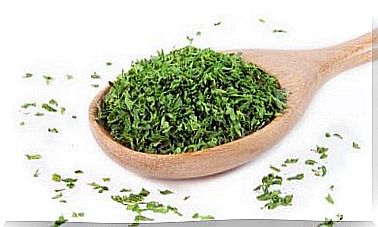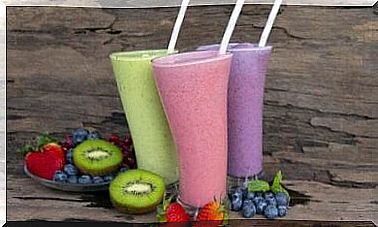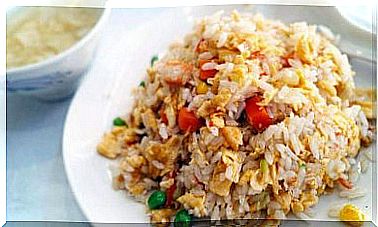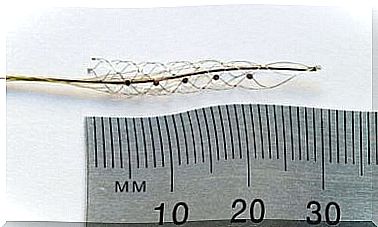What Is The Difference Between Bananas And Plantains?
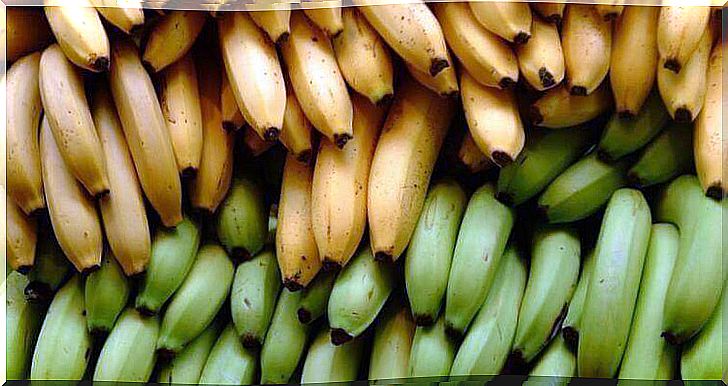
What is the difference between bananas and plantains? Have you ever wondered? From the outside they look very similar.
Both fruits come from countries with a tropical and warm climate. And they are also both seen by the population in those areas as a staple food for the daily diet. This is because of the many health benefits they both offer.
The reason these fruits are so similar is that they come from the same plant family: musaceae, also known as the banana family. Yet they are both used in different ways in the kitchen – fried, boiled, baked, grilled or raw.
This is not only because of the slight differences in texture and taste, but also because of their nutritional values.
If you want to know the difference between bananas and plantains, we recommend that you read on. Do not miss it!
plantains
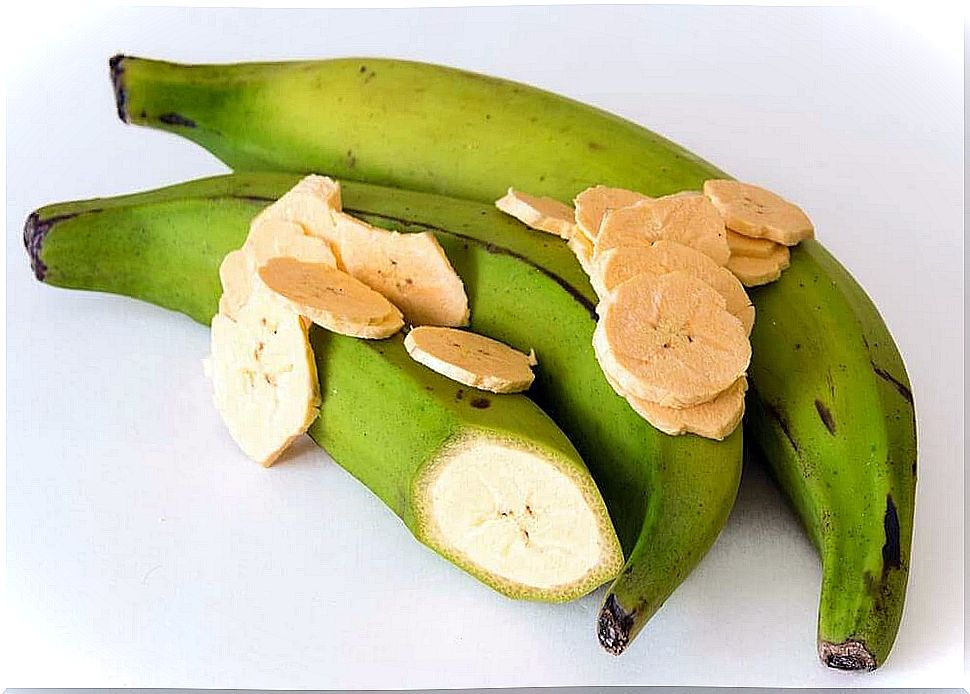
As we have already mentioned, plantains come from the banana family, the paradisiac type.
Because of this, they are often found in tropical countries where it is very hot, such as Mexico, Ecuador, Brazil and Costa Rica. Plantains often grow close to the coast.
The main feature of this fruit is its long shape and green skin that turns yellow when ripe and black when mature.
The nutritional value of 100 grams of plantain is:
- Energy value: 96.4 kcal
- Fibers: 2.5%
- Calcium: 7.8mg
- Magnesium: 38.5mg
- Iron: 0.3mg
- Copper: 0.1mg
- Zinc: 0.2mg
- Manganese: 0.1mg
- Vitamin C: 17.5mg
- Protein: 1.7%
- Potassium: 490mg
- Phosphorus: 59.1mg
- Carbohydrates: 22.5%
All these properties ensure that the plantain is a juicy fruit when it is ripe. However, plantains also contain a lot of starch. And starch contains carbon, oxygen and hydrogen.
The large amount of starch means that you cannot eat plantains raw. This makes this fruit very astringent, rubbery and dry.
- In general, while they are still green, they can be fried in hot oil, precooked or just boiled.
- If the fruit is ripe or yellow, you can also cook it in the oven or on the grill.
bananas
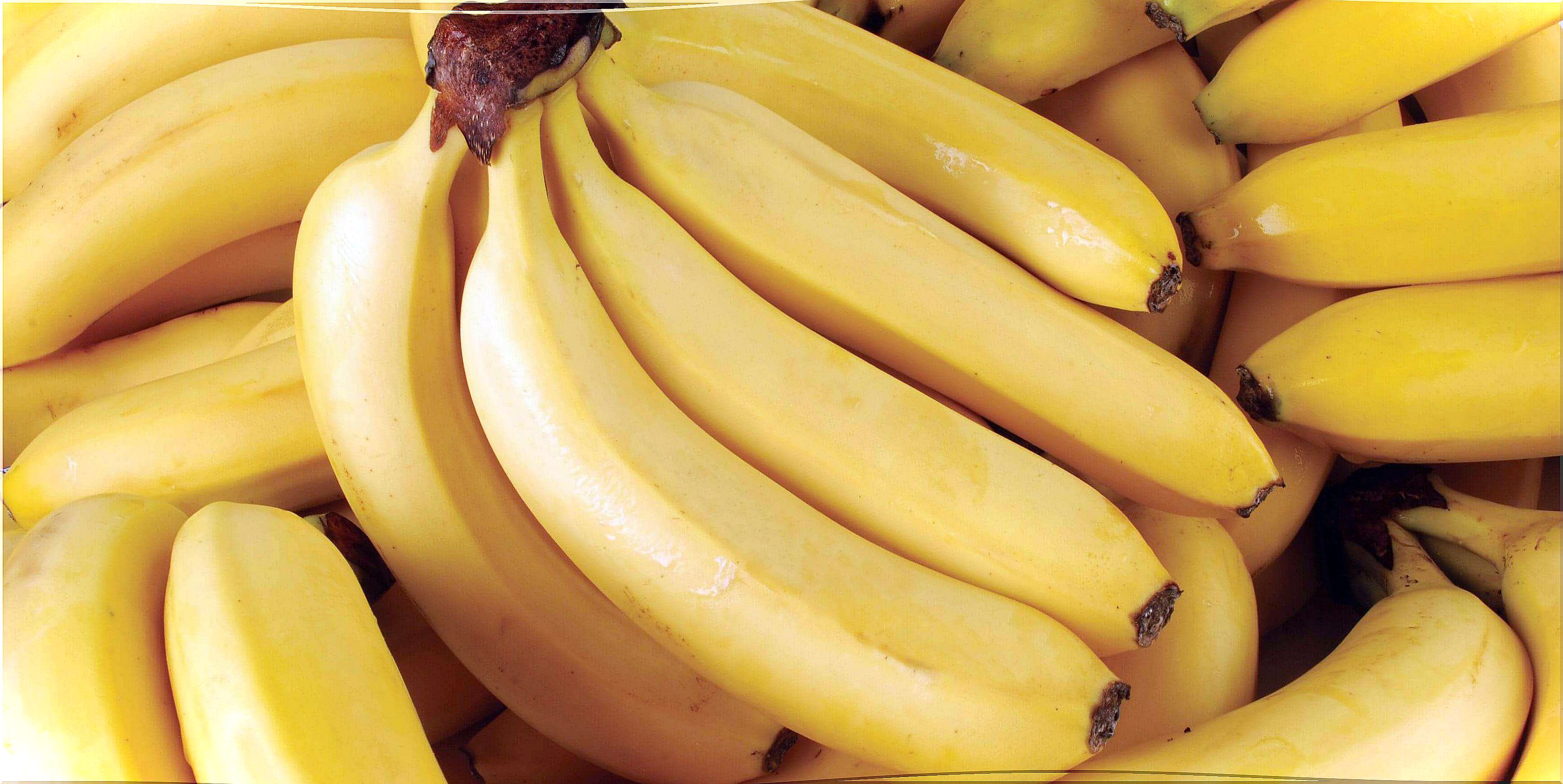
Bananas, as the name suggests, also belong to the banana family, but then to the acuminata type. They are widely grown in countries such as Uganda, Ecuador, the Philippines and Brazil.
The main characteristic of the banana is its elongated, soft and smooth shape. This fruit is white on the inside and has a green skin that slowly turns yellow as the fruit ripens.
The nutritional value of 100 grams of banana is:
- Energy value: 110.15 kcal
- Fibers: 2.3%
- Calcium: 12.5mg
- Magnesium: 41.5mg
- Iron: 0.9mg
- Copper: 0.3mg
- Zinc: 0.2mg
- Manganese: 0.1mg
- Vitamin C: 18.5mg
- Protein: 0.3mg
- Potassium: 434mg
- Phosphorus: 59.1mg
- Carbohydrates: 26.2%
Unlike plantains, regular bananas contain a lot less starch. Fortunately, they can therefore be eaten raw.
Also, the banana is known all over the world for its sweet taste and doughy consistency. That makes the banana one of the best foods to eat at any time of the day.
The difference between bananas and plantains
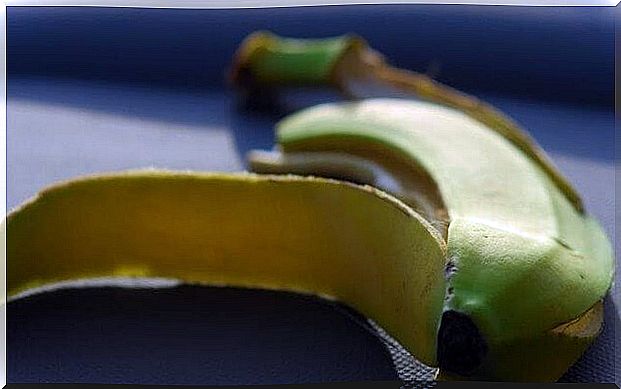
Despite having very similar properties, there is more than one difference between bananas and plantains. The two fruits can be distinguished from each other based on the following characteristics:
1. Trace Elements
Plantains contain a smaller amount of trace elements than bananas, such as:
- Iron
- Buyer
- Zinc
- Manganese
However, they do contain more potassium, a whopping 63.3 grams per 100 grams.
They also contain more sodium. In doing so, they beat the banana by 2 grams per 100 grams.
2. Calories
Another difference between bananas and plantains is that plantains contain more calories, namely 90 kcal per 100 grams.
This makes bananas a better option if you’re looking to maintain a healthy, low-calorie diet.
3. Protein
Although bananas contain fewer calories, plantains contain four times more protein, vitamin A and iron. This makes the plantain a better option to provide your body with more benefits.
Bananas offer many benefits when it comes to weight loss. However, as we have seen, plantains can provide our body with more nutrients.
Especially when we look at the amount of vitamins and minerals they contain.
